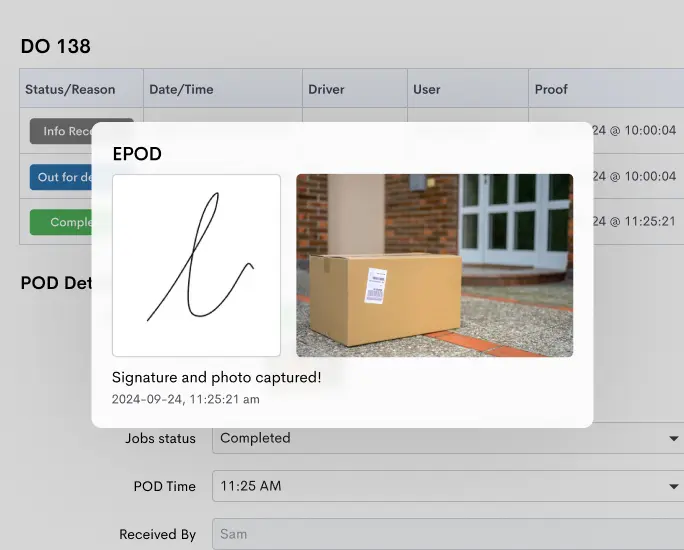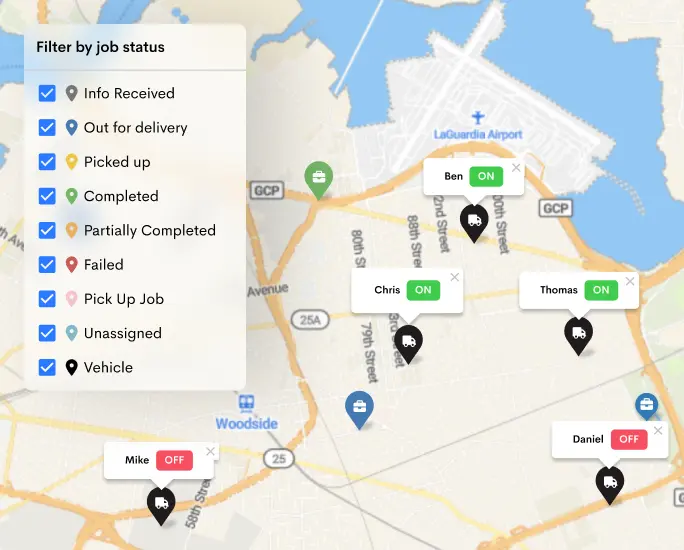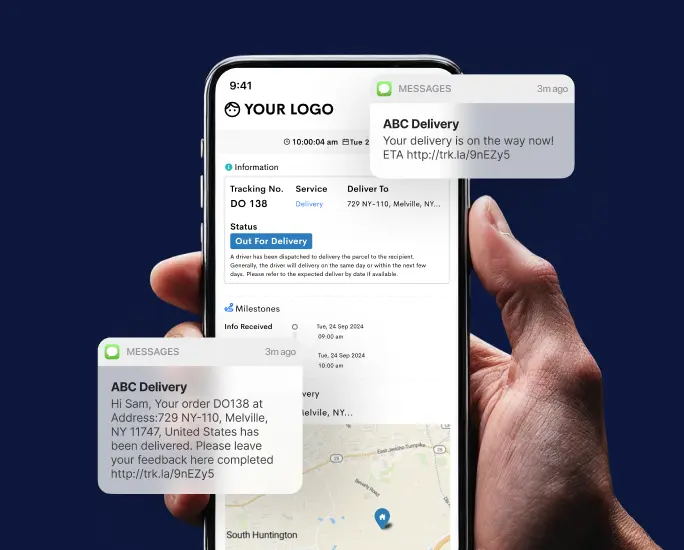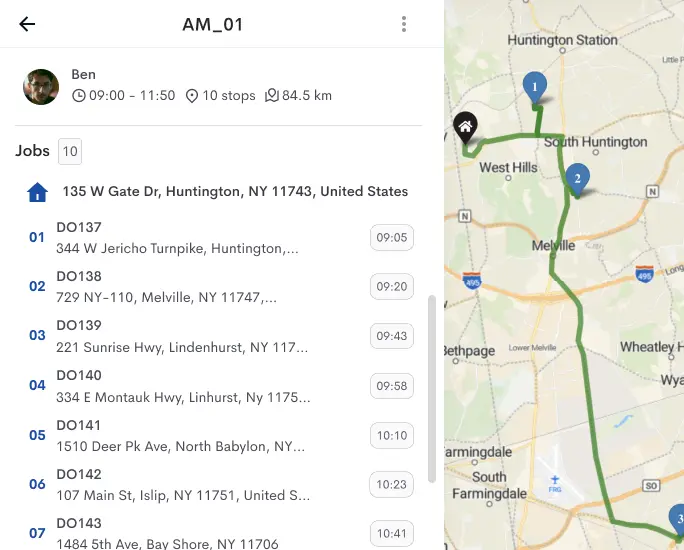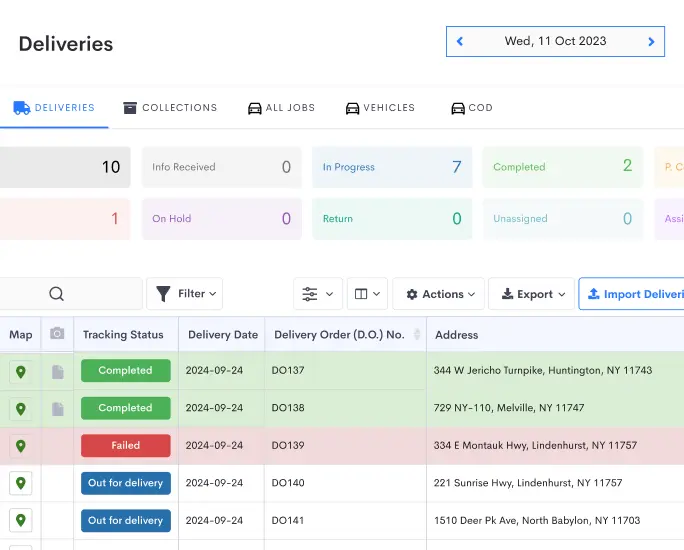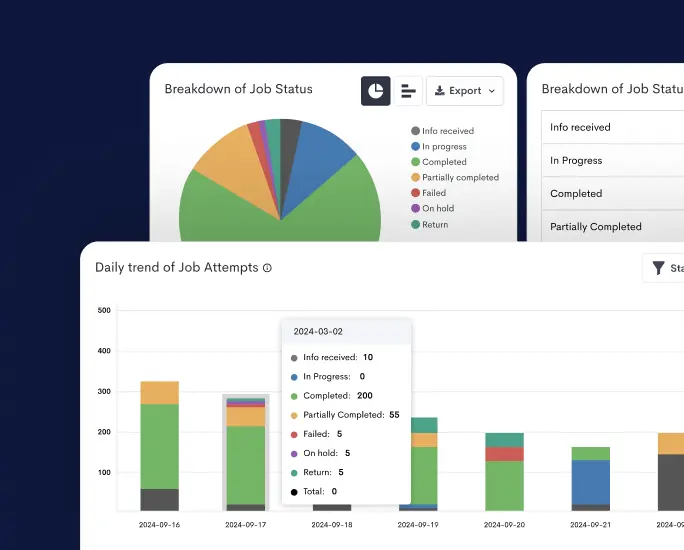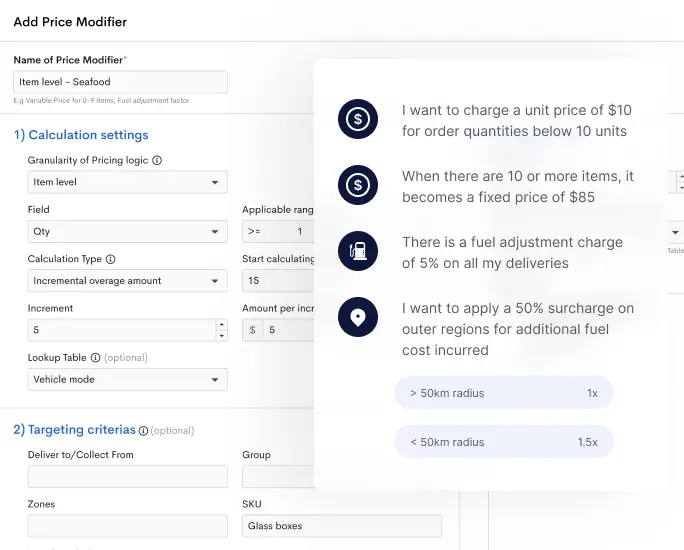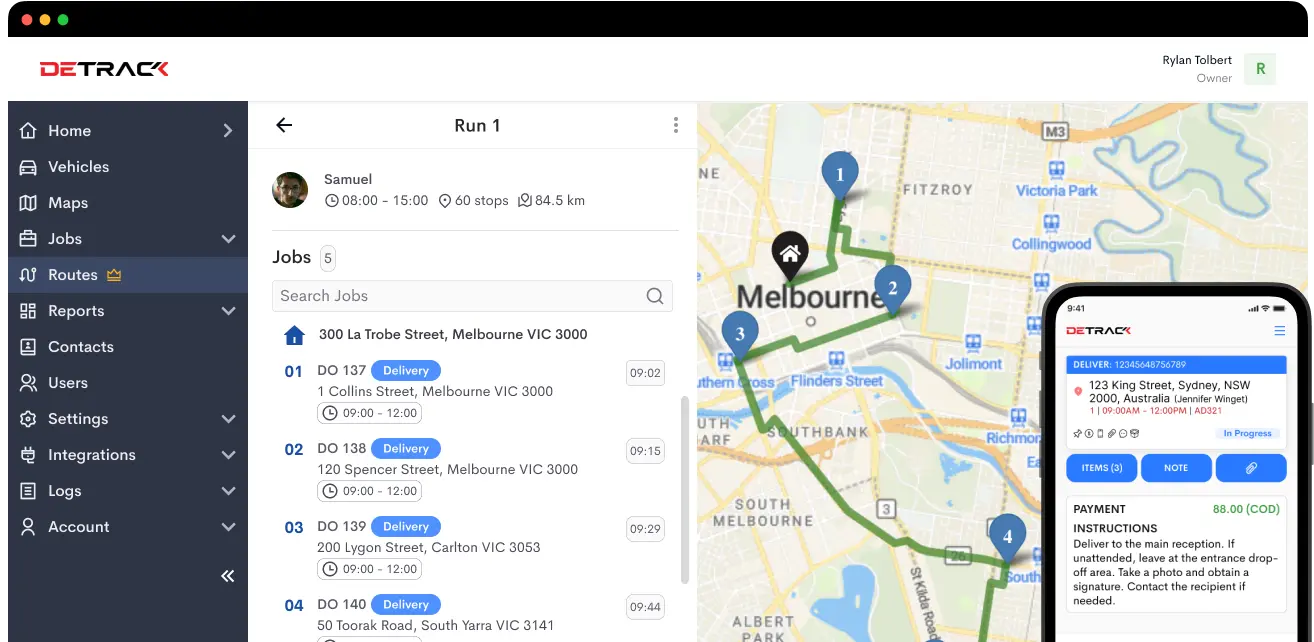Construction logistics involves the planning, implementing, and coordinating the movement and storage of materials, equipment, and personnel. The primary goal is to ensure that the right resources are available at the right place and time, minimizing delays and maximizing efficiency.
This requires a detailed understanding of the project’s scope, timeline, and budget and the ability to adapt to unforeseen challenges.
The Importance of Construction Logistics
The significance of logistics in construction must be considered. Efficient logistics management can lead to:
- Cost Savings: Logistics can significantly cut costs by optimizing the supply chain and reducing waste.
- Time Management: Proper scheduling ensures that materials and equipment arrive on site as needed, preventing delays.
- Safety: A well-organized site reduces the risk of accidents and injuries.
- Quality Control: Timely delivery of materials ensures that construction processes are not rushed, maintaining high-quality standards.

Key Components of Construction Logistics
To effectively manage logistics in construction, several key components must be addressed:
1. Supply Chain Management
Supply chain management (SCM) is the backbone of construction logistics. It involves the coordination of suppliers, manufacturers, and distributors to ensure that materials are delivered on time and within budget. Key aspects of SCM include:
- Supplier Selection: Choosing reliable suppliers who can meet quality and delivery requirements.
- Inventory Management: Maintaining inventory levels to avoid shortages or excesses.
- Transportation: Arranging efficient transportation to minimize costs and delays.
2. Material Management
Material management focuses on the planning and control of materials throughout the construction process. This includes:
- Procurement: Ordering materials in the right quantities and at the right time.
- Storage: Ensuring that materials are stored safely and in a manner that facilitates easy access.
- Handling: Efficiently moving materials from storage to the construction site.
3. Equipment Management
Construction projects often require a wide range of equipment, from heavy machinery to hand tools. Effective equipment management involves:
- Procurement: Acquiring the necessary equipment, either through purchase or rental.
- Maintenance: Regular maintenance to ensure that equipment is in good working order.
- Utilization: Ensuring that equipment is used efficiently and is available when needed.
4. Site Management
Site management encompasses the organization and control of the construction site. This includes:
- Site Layout: Planning the layout of the site to optimize workflow and safety.
- Traffic Management: Controlling the movement of vehicles and personnel to prevent congestion and accidents.
- Waste Management: Efficiently handling and disposing of waste materials.

Challenges in Construction Logistics
Despite the benefits, managing logistics in construction comes with several challenges:
- Unpredictable Delays – Delivery delays can occur for various reasons, including weather conditions, supply chain disruptions, and unforeseen site conditions. These delays can have a ripple effect, impacting the entire project timeline.
- Cost Overruns – Cost overruns are common in construction projects and can result from rising material costs, changes in project scope, and inefficient resource management.
- Regulatory Compliance – Construction projects must comply with various regulations and standards, including safety regulations, environmental laws, and building codes. Ensuring compliance can be complex and time-consuming.
- Labor Shortages – The construction industry often faces labor shortages, which can impact the availability of skilled workers and lead to delays.
Best Practices for Construction Logistics
To overcome these challenges and ensure successful logistics management, consider the following best practices:
- Detailed Planning – Develop a comprehensive project plan that outlines the timeline, budget, and resource allocation. Review and update the plan regularly to account for changes and unforeseen challenges.
- Effective Communication – Establish clear communication channels to ensure all stakeholders are informed and aligned. Regular meetings and updates can keep everyone on the same page.
- Use of Technology – Leverage technology to streamline logistics management. Project management software, BIM, GPS, and drones can all improve efficiency and reduce the risk of errors.
- Risk Management – Identify potential risks and develop mitigation strategies. Regularly review and update risk management plans to ensure their effectiveness.
- Supplier Relationships – Develop strong relationships with reliable suppliers. This can help ensure the timely delivery of materials and reduce the risk of supply chain disruptions.
Conclusion
Logistics is a critical aspect of construction management that requires careful planning, coordination, and execution.
Effective logistics management not only helps in reducing costs and delays but also enhances safety and quality control. As the construction industry continues to evolve, the importance of efficient logistics will only increase, making it a vital skill for construction managers to master.
By understanding the intricacies of construction logistics and implementing the strategies outlined in this guide, construction managers can navigate the complexities of their projects with greater confidence and success.

